There can be your advertisement
300x150
Nostalgia Soviet-Style: What Was in Our Grandmothers' Apartments and Why It Was Cool
Let's take a leap through time and remember what furniture and appliances were signs of prosperity in our grandmothers' and grandfathers' apartments
Did you know what a 'wall unit' (стенка) is and why everyone wanted to buy the 'Berezka'? We tell about iconic items of Soviet interior design that were a dream for every family.
- The 'Berezka' cabinet was a symbol of wealth in the 1960s and 70s;
- People waited in line for years behind the 'Living Room' wall unit;
- The bookcase sofa was a Soviet invention for small apartments;
- The 'Rubin' TV could cost as much as three monthly salaries;
- The 'Madonna' set was passed down through generations;
- The 'Cascade' chandelier transformed a regular apartment into a palace.
'Berezka': Dream Kitchen or Just a Cabinet?
When we mention 'Berezka' in the context of Soviet furniture, it can actually refer to two different things. And both were a subject of Soviet citizens' dreams. Let's find out what's the difference?
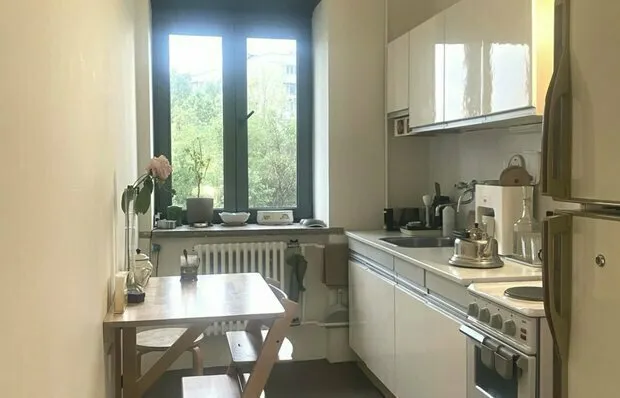 Design: Apartment owners RUMTUR (40 minutes): 'Berezka' Kitchen: Cooking Like in a Movie
Design: Apartment owners RUMTUR (40 minutes): 'Berezka' Kitchen: Cooking Like in a MovieThe 'Berezka' kitchen cabinet appeared in the 1960s and instantly became a hit. Why? Because it looked like a kitchen from an American movie!
Light wood, simple lines, no fancy decorations. Upper cabinets with glass doors, lower ones with wooden doors. And, of course, the mandatory element - a cabinet for dishes.
This kitchen cost around 350-400 rubles. But the main problem wasn't the price, but getting it. People signed up in lines, 'got it through connections', exchanged for scarce goods.
Interesting fact: Many housewives, after buying the 'Berezka', painted it in different colors. Some in white, others in blue, and some even in bright red!
'Berezka' Cabinet: The Universal Soldier for the Entire Apartment
This is another completely different story. The 'Berezka' cabinet for the living room was a complete furniture set that could outfit the entire apartment.
A typical set included a wardrobe, sideboard, bookcase, nightstand, and writing desk. All in the same style: light wood, simple forms, functionality.
This set also cost about 350-400 rubles. And it was just as hard to get as the kitchen.
It's funny, but many families dreamed of having both a 'Berezka' kitchen and a 'Berezka' cabinet set. Can you imagine what it looked like? You enter the apartment and everywhere is 'Berezka'!
So if your grandmother says she had a 'Berezka', clarify - was it the kitchen or the cabinet set? Or maybe both?
'Living Room' Wall Unit: How One Wall Unit Solved All Storage Problems
The 'Living Room' wall unit was a universal soldier of Soviet interior design. Appearing in the early 1970s, it quickly took over apartments from Kaliningrad to Vladivostok.
Why did people love it so much? Because it was a real transformer. A wardrobe, bookshelves, sideboards for dishes, a place for a TV - all in one bottle. And most importantly - the sections could be moved and rearranged to suit personal needs.
This wall unit cost about 550-600 rubles - a sum that was cosmic for those times. But people saved up, borrowed money, gave up on everything just to get this piece of luxury furniture.
Interesting fact: In some regions, the 'Living Room' wall unit was given as a reward to outstanding workers. Imagine how it felt to receive an entire wall unit for your hard work?
Photo: pinterest.com
Photo: pinterest.com
Bookcase Sofa: Soviet Invention for Small Apartments
The bookcase sofa was not just furniture, but a real Soviet invention. It was invented in the 1930s when the question of space saving in small apartments became particularly acute.
The main feature of this sofa is the simplicity of its transformation. One move - and you now have a full bed instead of a sitting area. During the day - guests, at night - bedroom. Genius, isn't it?
In the 1960s and 70s, the bookcase sofa cost about 150-200 rubles. It seemed not so expensive at first glance. But buying it was a real challenge. You had to 'stand guard' in furniture stores, checking with sellers about new arrivals.
Many families used the bookcase sofa as their main sleeping place. Yes, it wasn't a comfort standard. But it was space-saving!
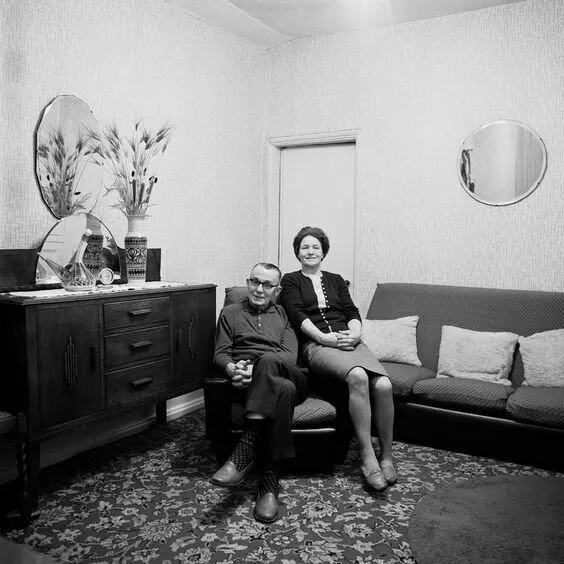
Photo: pinterest.com
'Rubin': How an Ordinary TV Became a Luxury Object
The 'Rubin' TV was not just a box for watching programs. It was a real window to the world, an object of pride and jealousy among neighbors.
'Rubin' production started in 1956 in Kaliningrad (now Korolev). The first model, 'Rubin-102', cost about 900 rubles - almost a year's salary for the average Soviet citizen!
Luckily, prices dropped over time. In the 1970s, model 'Rubin-401' could be bought for 350-400 rubles. But that was still a large sum.
To buy a 'Rubin', people signed up in lines, waited for years, tried to get the coveted ticket at work as a reward. Then, having acquired the TV, they gathered neighbors to watch 'Kabachok 13 Chairs' or a football match.
Fun fact: In 1980, for the Moscow Olympics, a color 'Rubin-C-281' was released. It was considered the peak of Soviet television manufacturing. Of course, only a few people could afford it.
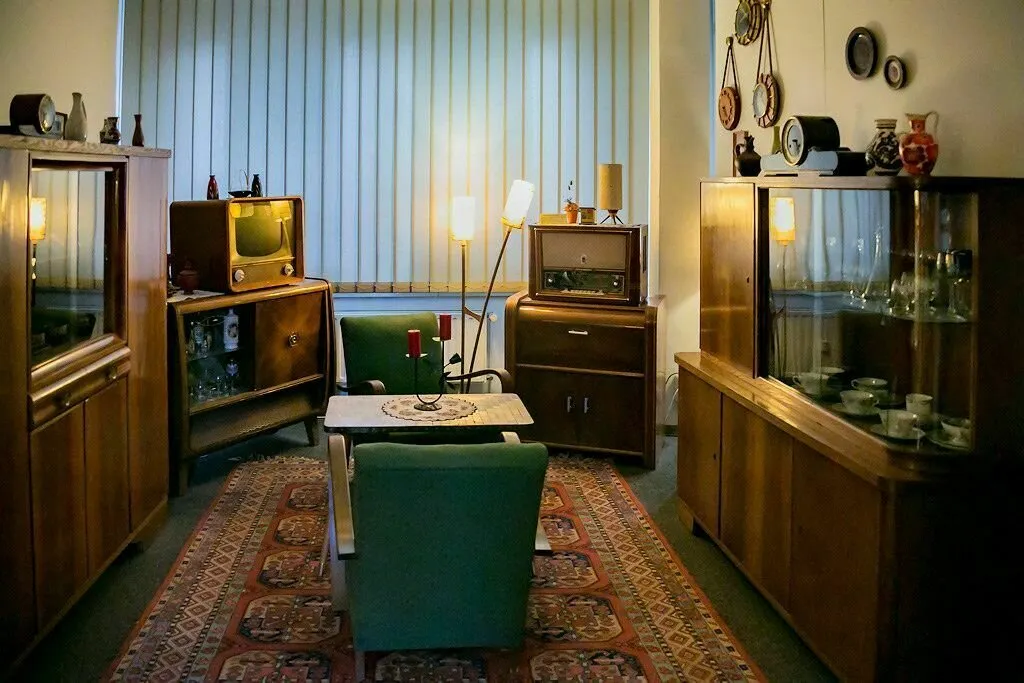
Photo: stock.adobe.com

Photo: retrotexnika.ru
'Madonna': Why Simple Set Became a Family Relic
The 'Madonna' set was not just a set of dishes. It was a symbol of status, a sign of good taste, and an object of pride for every housewife.
'Madonna' production started in 1927 at the Leningrad Porcelain Factory. The author was sculptor Natalia Dan'ko, who created the image of a worker with a child in her arms.
A full set included more than 30 items and cost about 70-80 rubles in the 1960s. Sounds not so expensive? But many preferred to buy individual items, as the full set was out of their budget.
'Madonna' was often given as a wedding or birthday gift. They were treasured like the pupil of the eye, used only for major holidays, and passed down to children and grandchildren.
Interestingly, in the 1970s 'Madonna' became popular abroad. The Soviet set turned into a fashionable souvenir for foreigners.
Photo: livemaster.ru
Photo: livemaster.ru
'Cascade': Chandelier That Turned a Khrushchev Apartment into a Palace
The 'Cascade' chandelier was not just a light source. It was a real symbol of prestige, an object that transformed the most ordinary apartment into something special.
'Cascade' appeared in the 1970s and instantly became a hit. Its feature was crystal pendants, creating the effect of a shimmering waterfall. When the chandelier was lit, it seemed like the room was filled with magical light.
'Cascade' cost about 70-80 rubles in the 1970s and 80s. But the main problem wasn't the price, but scarcity. Chandeliers were 'released' in small batches to shops, and huge lines formed for them.
Some craftsmen tried to build similar chandeliers themselves, buying the frame and crystal pendants separately. It didn't look as luxurious, but it was still beautiful.
It's interesting that many 'Cascades' survived their first owners and still decorate the apartments of their children and grandchildren. That's real quality!
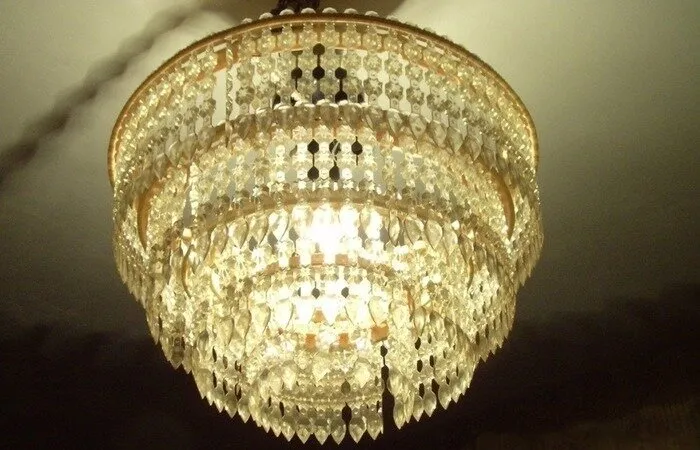
Photo: novate.ru
Cover: stock.adobe.com
More articles:
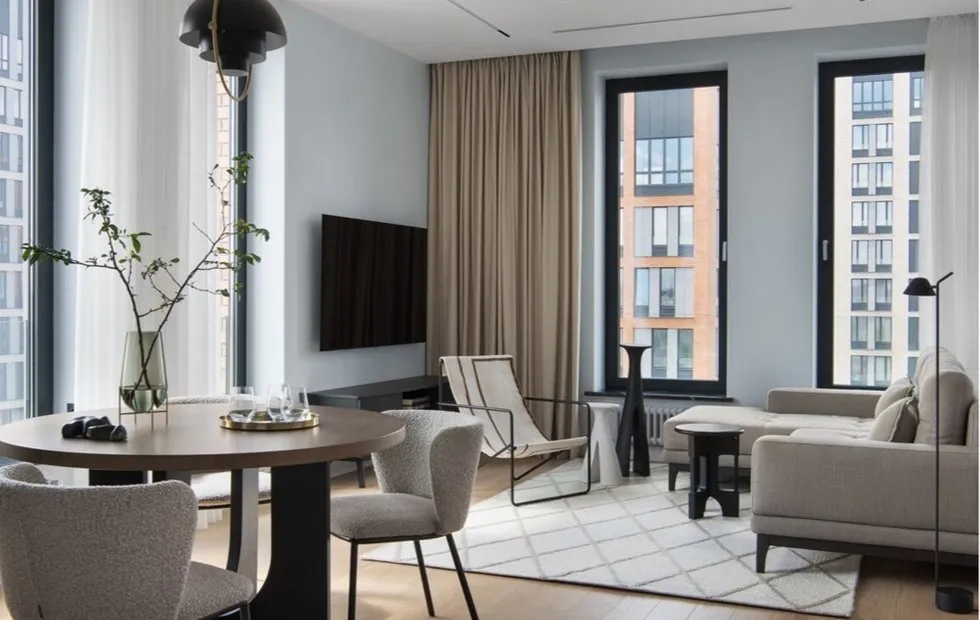 You Can't Demolish: The Truth About Combining the Kitchen with the Living Room
You Can't Demolish: The Truth About Combining the Kitchen with the Living Room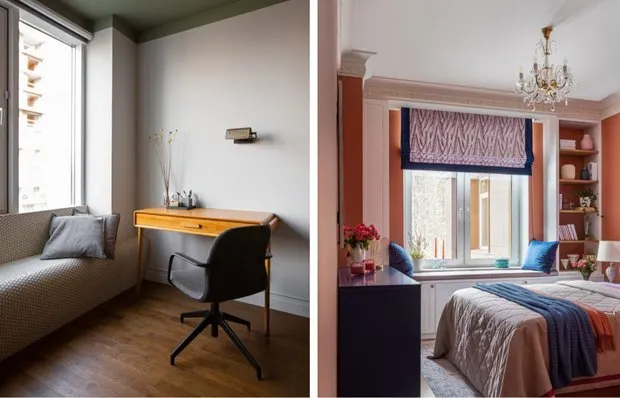 Relax Zone by the Window: 7 Cozy Solutions from Designers
Relax Zone by the Window: 7 Cozy Solutions from Designers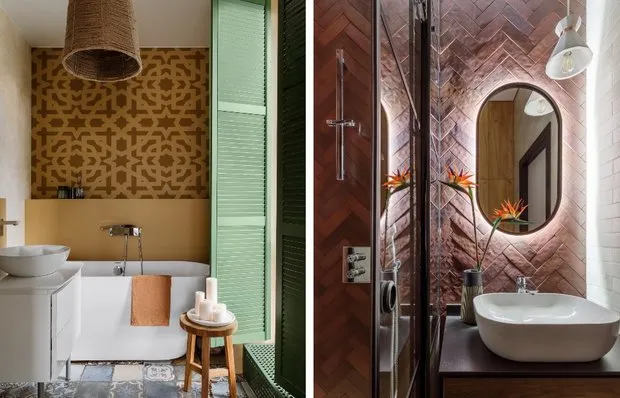 Bathroom with Spa Effect: 7 Beautiful Solutions for Your Home
Bathroom with Spa Effect: 7 Beautiful Solutions for Your Home How a Designer Beautifully Decorated a 87 m² Townhouse for Herself
How a Designer Beautifully Decorated a 87 m² Townhouse for Herself Biohacking for Beginners: Simple Ways to Improve Health Without Extreme Measures
Biohacking for Beginners: Simple Ways to Improve Health Without Extreme Measures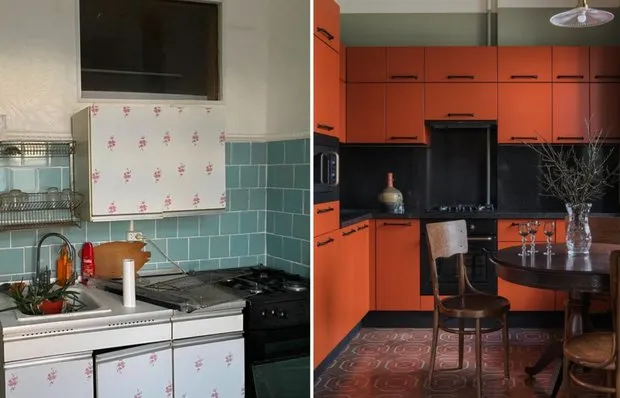 Before and After: How a Designer Updated Her 74 sq. Meter Stalin-era Apartment
Before and After: How a Designer Updated Her 74 sq. Meter Stalin-era Apartment Giant in the Desert: Abraj Kudai — the World's Largest Hotel
Giant in the Desert: Abraj Kudai — the World's Largest Hotel Dream Kitchen in Old Five-Story Building: Tiny Space Before and After
Dream Kitchen in Old Five-Story Building: Tiny Space Before and After